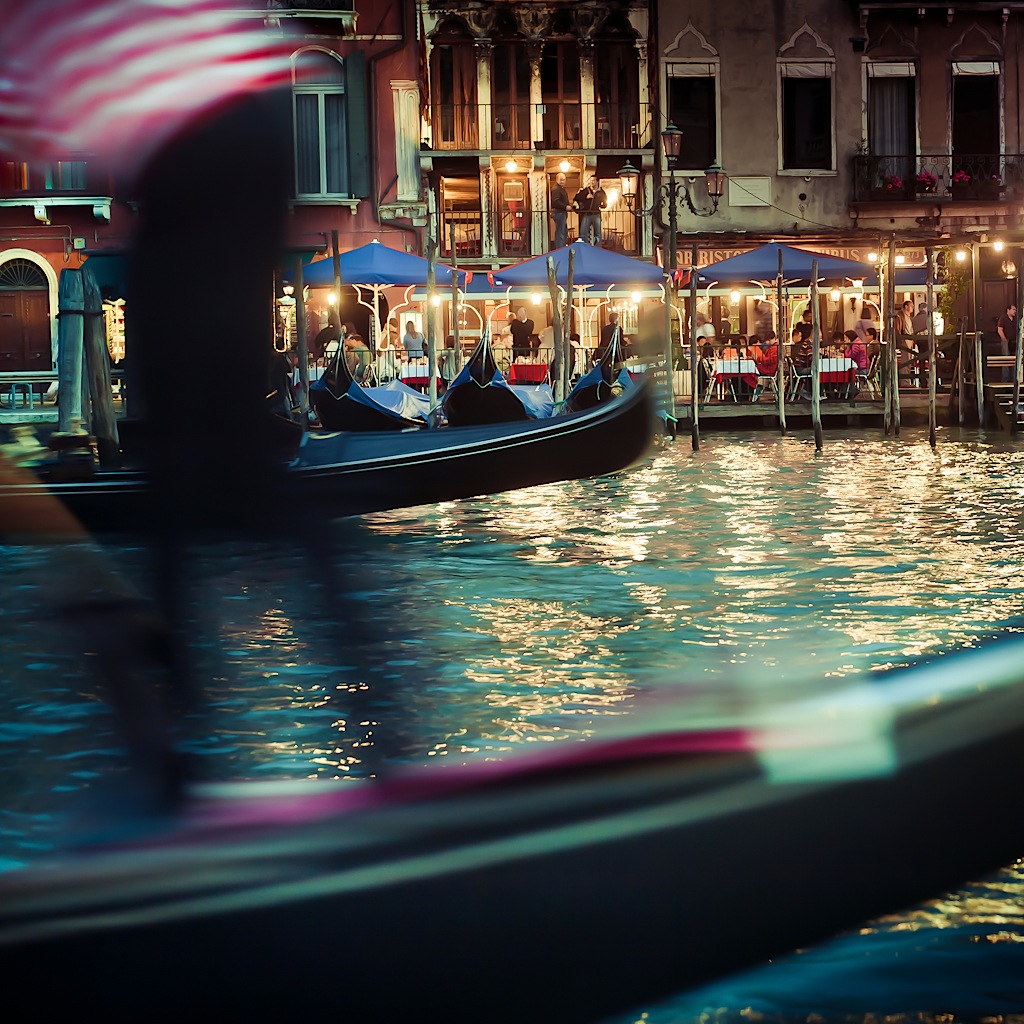By AMY WELDON
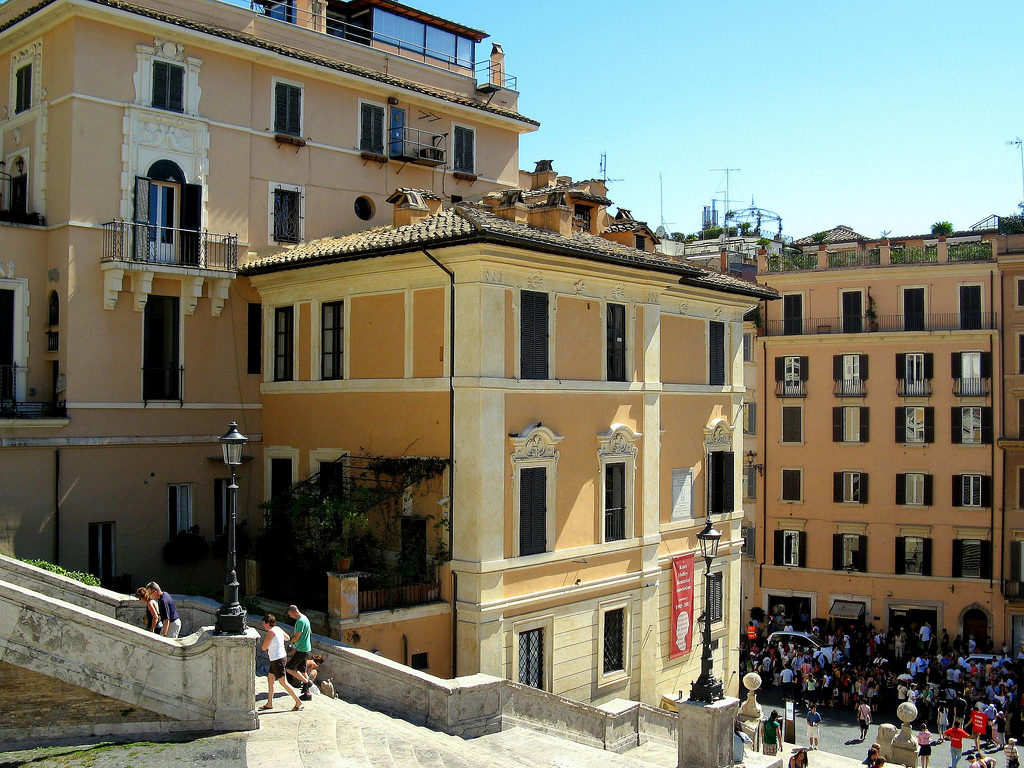
Hoisting our backpacks, my students and I start up a narrow staircase that points us left and right. In November 1820, John Keats and his friend Joseph Severn climbed these stairs to two small rooms above the Spanish Steps, ready to stay until the end, which they knew wouldn’t be far away. Nevertheless, they rented a piano. Getting that piano back downstairs must have been a nightmare. Not to mention the armloads of drapes and rugs, and the sheets and the pillows, and the mattress, stained with sad rings of blood. But it was the law: all movable furnishings of a consumptive’s sickroom, even the wallpaper, must be burned. And then, on a late February day in 1821, would have come the carrying-down of Keats’ small body itself: a twenty-five-year-old man, five feet tall and wasted to the weight of an adolescent, the luminous eyes closed for good.
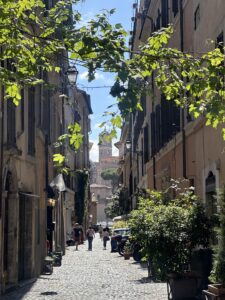
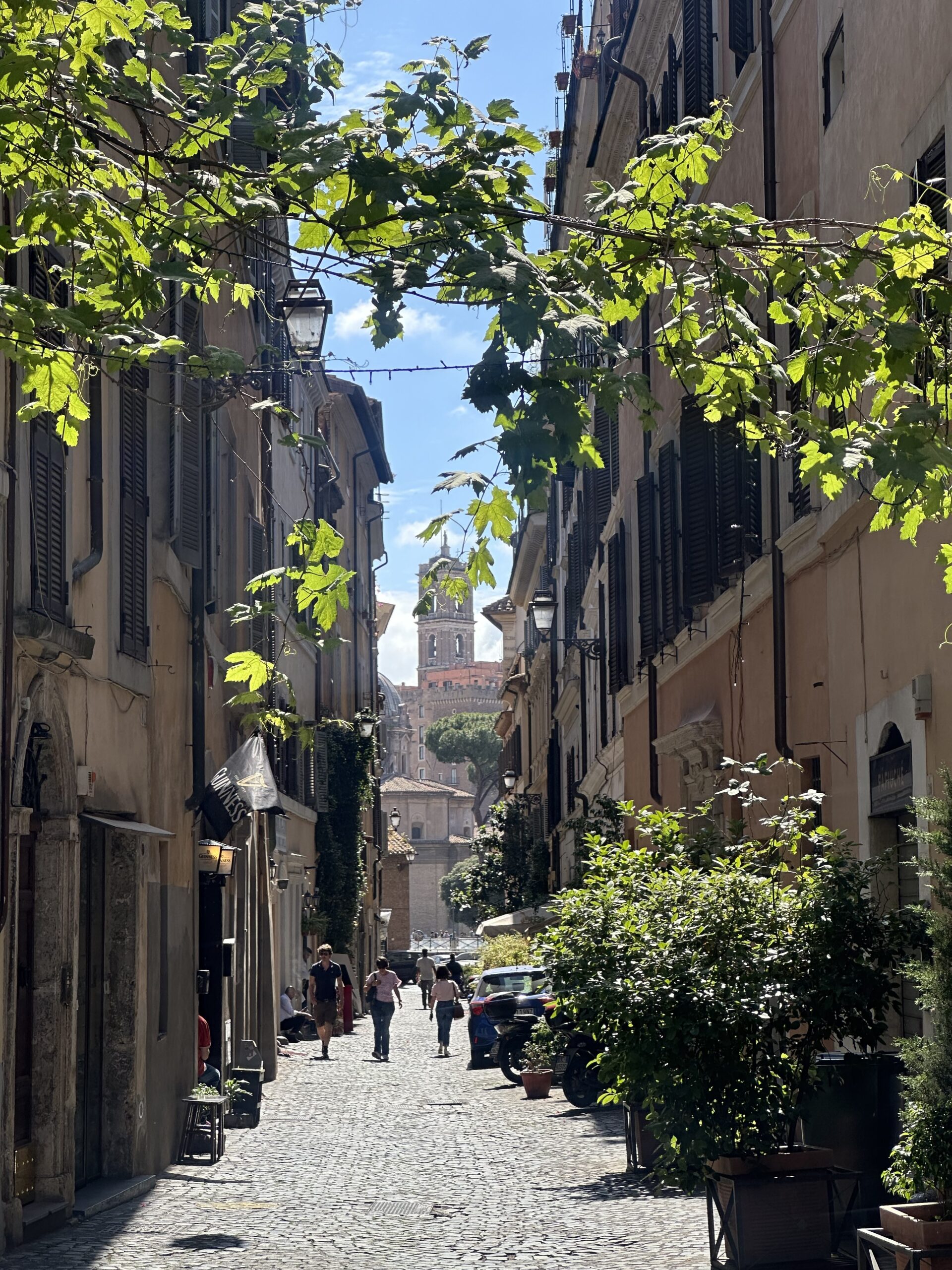
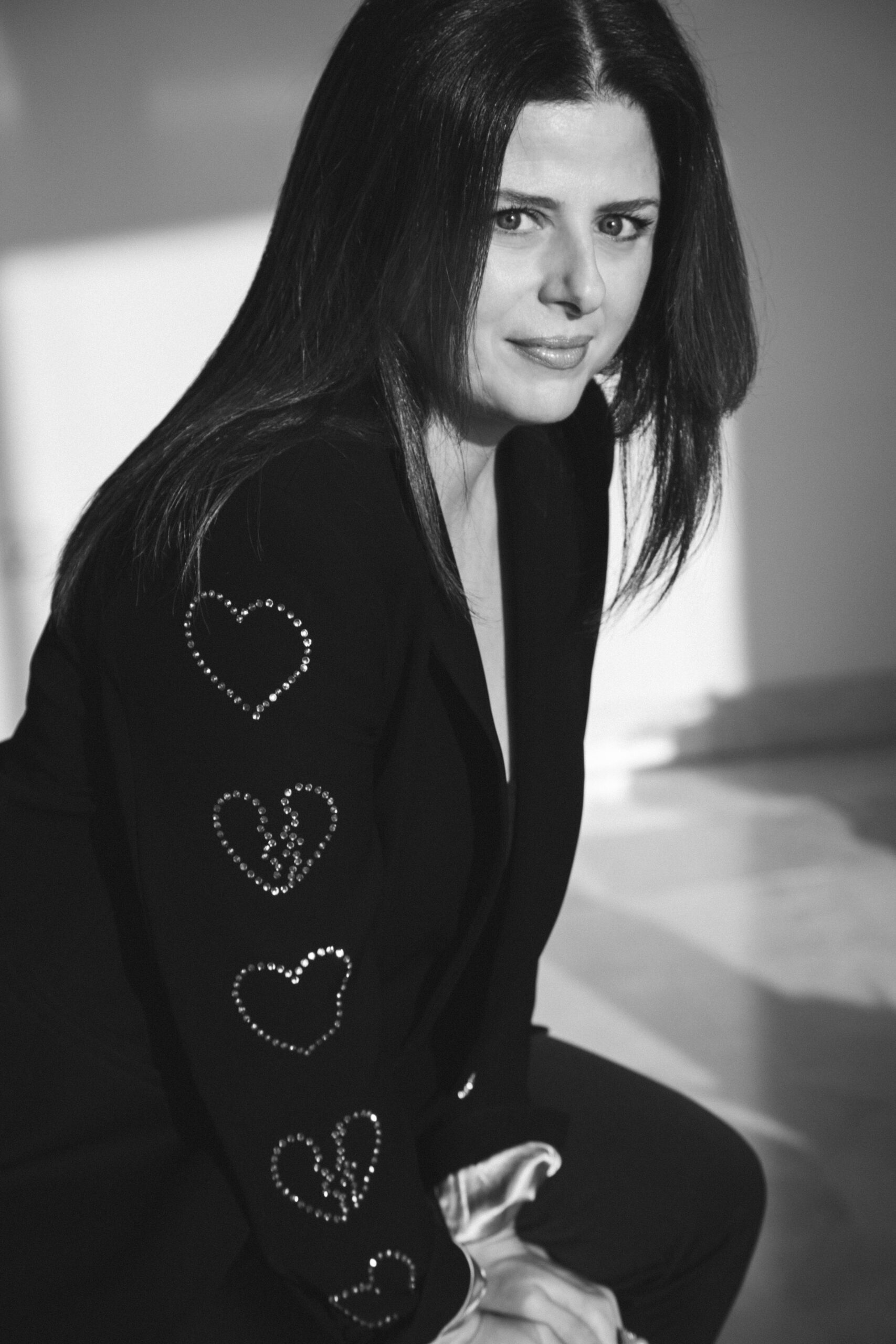


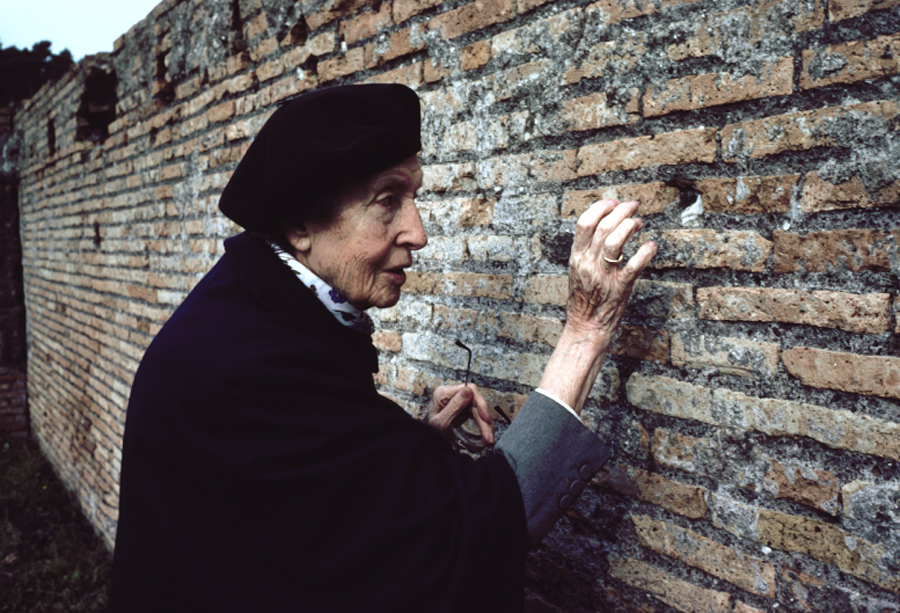

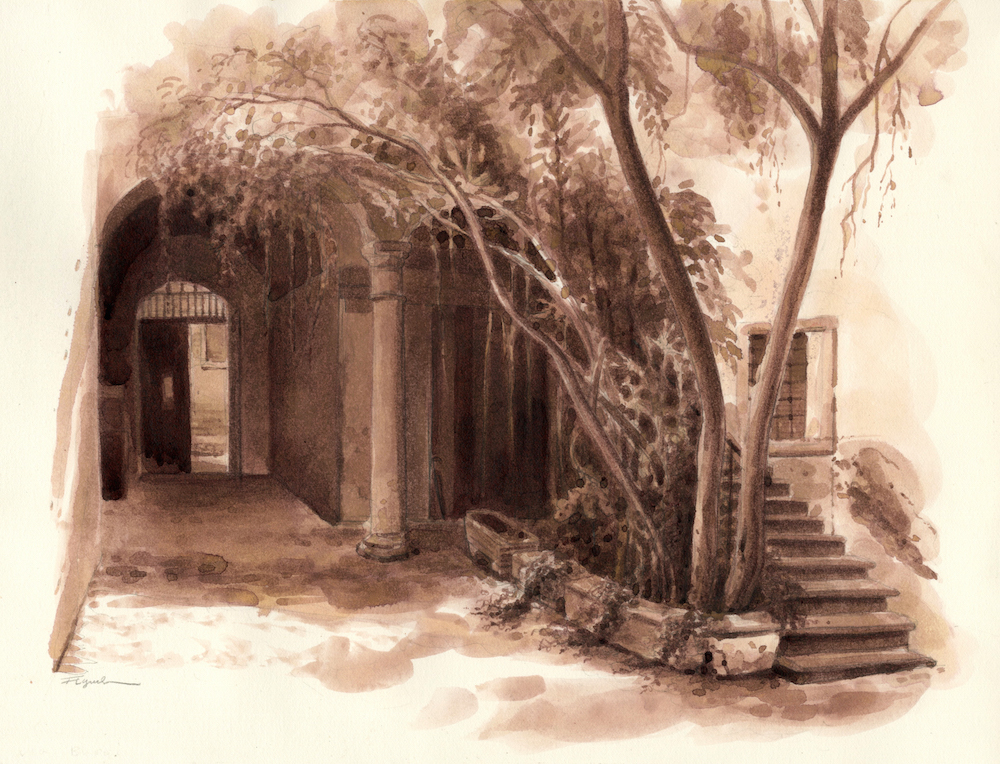
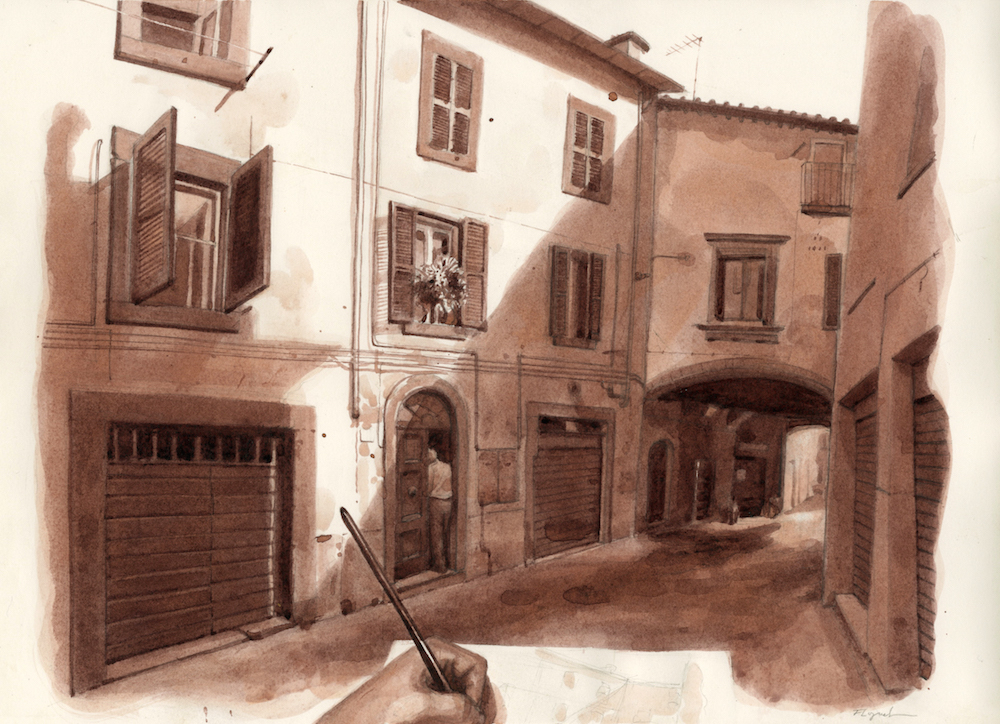 Scene Stealing, ink on paper, 15 x 11.5”
Scene Stealing, ink on paper, 15 x 11.5”
